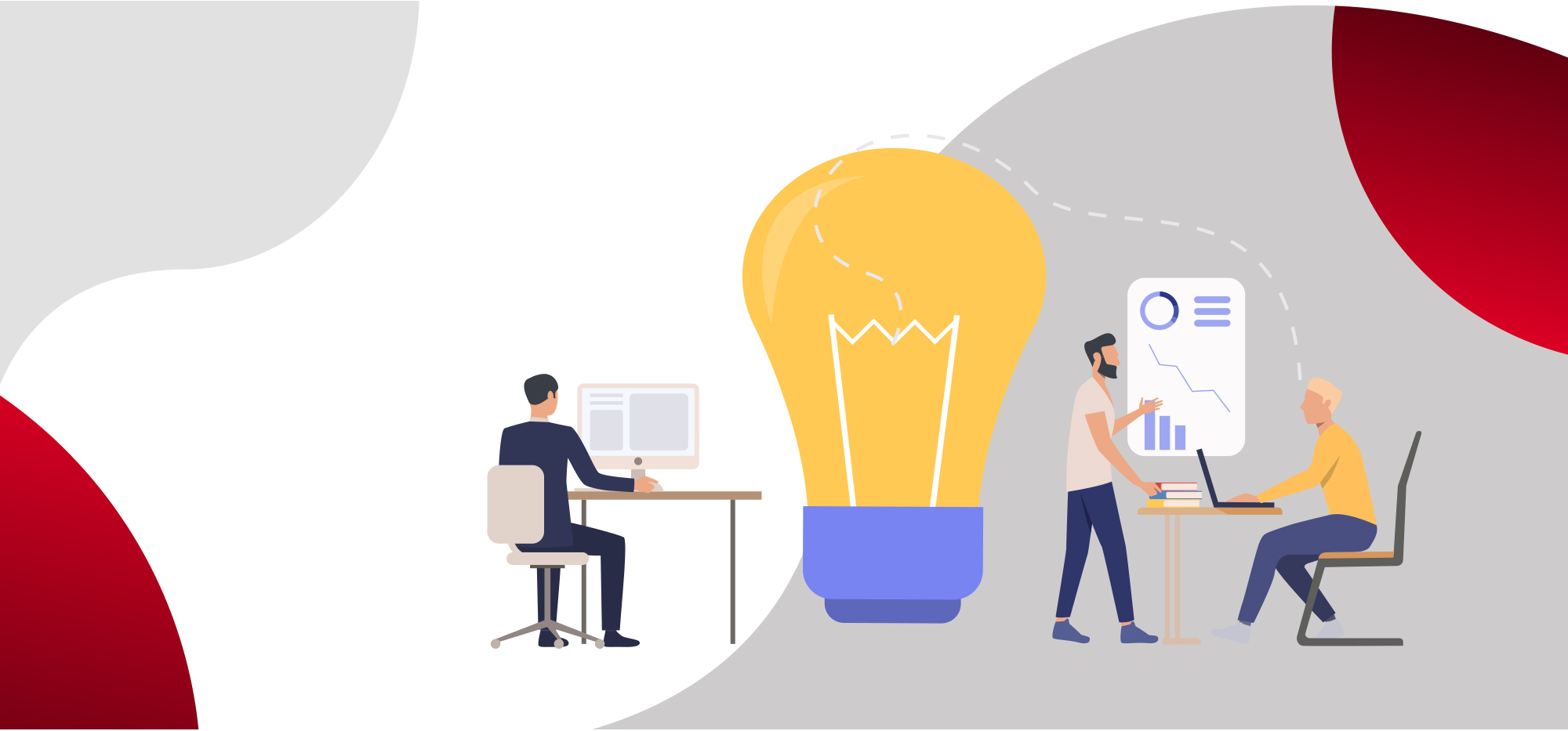by Telstra
Building the smarter business of the future means finding leaders who can adapt to turbulent environments and embrace hidden opportunities.
“Each year, a lot of money is wasted on the wrong people doing the wrong jobs,” says Gill Billings, executive director at recruitment and human resources specialist Who Group.
With more than 20 years’ experience in HR, consulting and recruiting, Billings understands that hiring the right people helps a business not only to function but to thrive. This begins at the leadership table.
“As businesses continue to grow smarter, leadership will evolve to respond to the demands of the market, the global economy and changing technology,” Gill says. “To be successful in their roles, C-level leaders must combine strategic outlook with functional expertise.”
“To be successful in their roles, C-level leaders must combine strategic outlook with functional expertise.“
– Gill Billings
Having conducted extensive research into the strategic management of organisations, Associate Professor George Shinkle of the Australian Graduate School of Management at the UNSW-Australia recognises the need for leaders with strong business knowledge, digital savvy, and customer-centricity.
“The problem encountered at the C-suite level is the trade-off between faster decision-making and increasing quality of decisions made – speed is increasingly important,” he says.
Here are the three C-suite roles to watch in 2016:
1. Chief finance officer (CFO)
The role of the CFO is only set to expand, taking in oversight and responsibility for other functions such as HR, IT and legal, Billings says. This increasing functionality will equip CFOs with the skillset to move toward other titles such as corporate services director, chief operating officer and even chief executive, she adds.
“CFOs have the discipline necessary to look at the numbers and do the analysis that’s needed to make hard decisions. The pressure and competitive nature of this role also leaves CFOs really well-equipped to deal with challenging situations.”
2. Chief digital officer (CDO)
The emergence of the CDO has been congruent with the proliferation of data and mobile technology throughout almost every facet of business. “Leaders in the digital world need more understanding of agility, innovation and experimentation, and disruption – how to sense and respond,” Shinkle says.
The frenetic pace of disruption means CDOs also need to be aware of how they can influence workplace culture through their ability to adapt to this unpredictable environment. “These are leaders who should be comfortable with failure and willing to expect that experiments that don’t give you the outcome you want aren’t failures – they are successful experiments to build knowledge,” Shinkle says.
3. Chief security information officer (CSIO)
The CSIO’s role is becoming increasingly complex as tasks move away from general security and toward identifying, developing, implementing and assessing protocols to manage operational risks. This role will require C-suites to understand and close the gap between creating sound strategy and executing it through people, Billings says.
“In 2016 leadership will be all about mitigating disruptors, and mining and analysing data to identify solutions and opportunities,” she adds. “Technology will continue to make businesses smarter if they can harness it effectively, identifying new products and areas for growth based on what the numbers are saying.”


